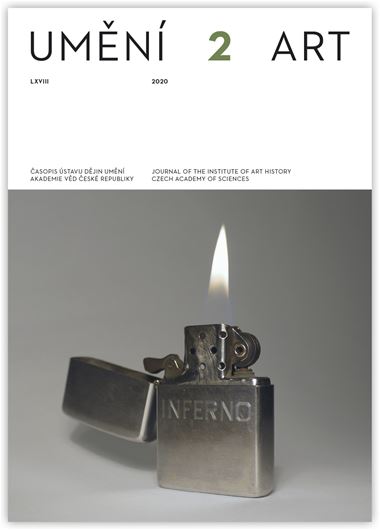Zdeněk Kazlepka
Among Venetian Painters: Newly Identified Paintings from the Collection of Count Humprecht Johann Czernin
Count Humprecht Johann Czernin (1628–1682), who resided in Venice as the ambassador of Emperor Leopold I in the years 1660–1663, was undoubtedly one of the leading collectors of Venetian art of the 17th century. In the years 1661–1662 Czernin’s collecting activities were particularly intense and significant. Thanks to new academic searches,we can now identify the following paintings as art works from the former Czernin Gallery that are still held in Czech collections: In the Czernin collections at the Chateau of Jindřichův Hradec we find a large painting of the Assumption of Our Lady, which can be attributed to Pietro Ricchi, known as Lucchese (1606–1675). Dark colour scheme, dry and austere idiom, and the sober composition and elegance of the clearly defined figures are especially characteristic of Ricchi’s Venetian period. The Czernin collection also included a curious series of male nudes produced in private academies, where practical courses of drawing and painting from nature alternated with theoretical lessons, involving conversation on literature, history, anatomy, perspective, geometry, Antiquity and music. One of these male nudes, known as the “academy nude”, may be attributed to Pietro Vecchia (1603–1678), and is kept in the gallery of the Premonstratensian Monastery in Prague on Strahov. Another painting by -Vecchia, which this time depicts a naked Samson, is owned by the Prague collector Patrik Šimon. Beside Pietro -Vecchia, Giuseppe Diamantini (1621–1705) was much favoured. He is the author of the painting Venus and Aeneas, which is today in the collection of the Colloredo-Mansfelds at the Chateau of Dobříš. The source for this depiction, also reproduced in Imagines Galeriae, was the eighth book of Virgil’s Aeneid (Aeneid, VIII, 594–731). In this work Diamantini adopts the style of Pietro -Liberi, including a warm colour palette that forms and softening the figures, whose complexions take on a strange light that gives them a supernatural charm.
Zdeněk Kazlepka: zdenek.kazlepka@moravska-galerie.cz
Full-text in the Digital Library of the Czech Academy of Sciences:
https://kramerius.lib.cas.cz/uuid/uuid:438260c6-5e93-4702-b7fa-7dd170b3285b
< back

